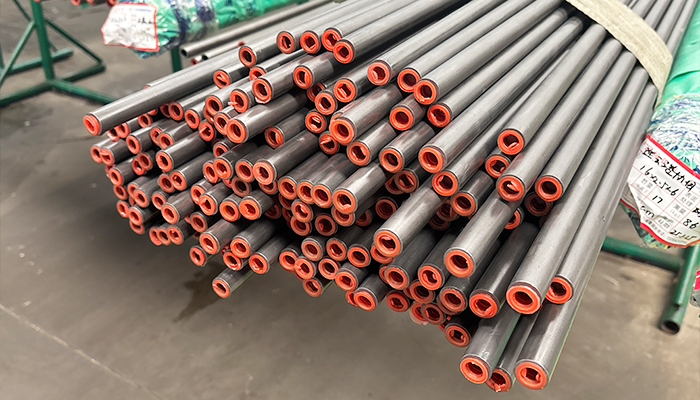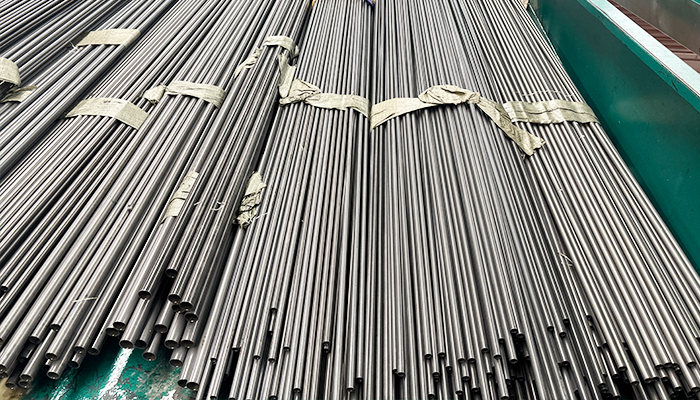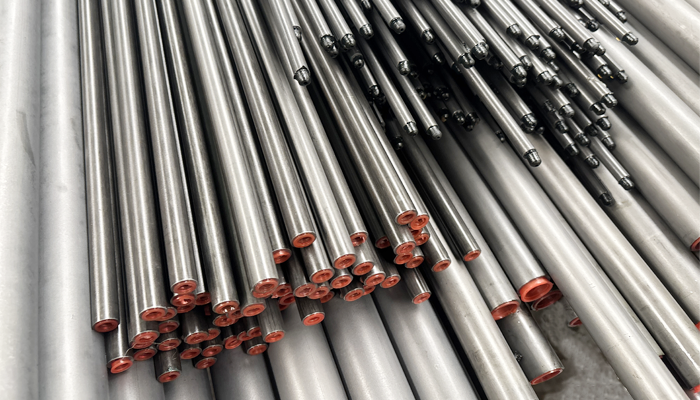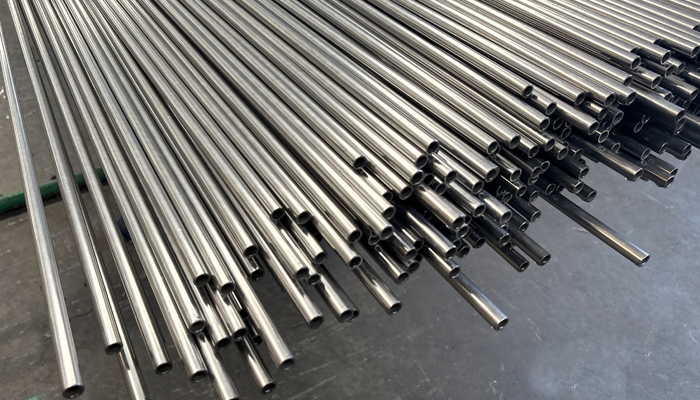St37.4 Equivalent Seamless Cold Drawn Tubes
Product Description
St37.4 Equivalent Seamless Cold Drawn Tubes are high-performance steel tubes designed for precision applications in hydraulic, automotive, and industrial systems. Known for their excellent mechanical properties, dimensional accuracy, and smooth surface finish, these tubes offer reliable and durable solutions for high-pressure environments and demanding applications.
Product Advantages
Materials
The tubes are made from a carbon steel equivalent to St37.4, which is widely used for structural and mechanical applications due to its excellent strength, weldability, and formability. The composition of this steel includes carbon, manganese, sulfur, and phosphorus, providing the necessary strength and ductility.
International Standards:
- DIN 2391: German standard for precision tubes, including cold drawn seamless steel tubes used in hydraulic and other high-pressure applications.
- EN 10305-1: European standard for seamless tubes, including cold-drawn precision tubes used in mechanical and hydraulic systems.
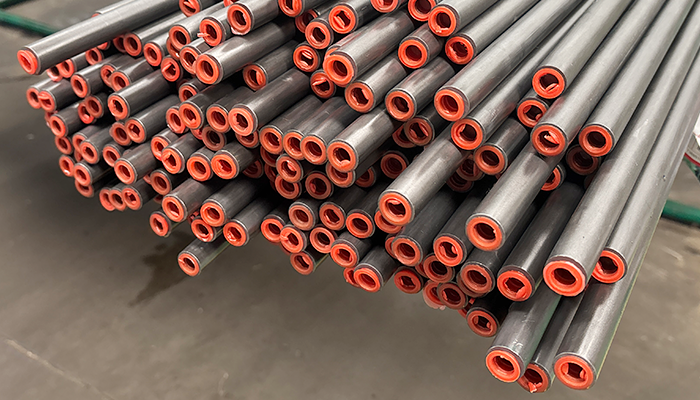
Dimension
| Specification | Details |
| Material | Equivalent to St37.4 Carbon Steel |
| Standards | DIN 2391, EN 10305-1 |
| Delivery Condition | +N (Normalizing under controlled atmosphere) |
| Surface Protection | Anti-corrosion oil coating, plastic caps on both ends |
Dimensions:
| Dimension Range | Details |
| Outer Diameter (OD) | 4 mm to 120 mm |
| Wall Thickness (WT) | 0.5 mm to 10 mm |
| Length | Standard 6 meters or customized lengths |
Features
- Precision and Accuracy: Cold drawing process ensures high dimensional accuracy, making these tubes ideal for applications requiring precise measurements.
- High Strength: The material used provides good tensile strength, allowing the tubes to withstand high internal and external pressures.
- Seamless Construction: The seamless design eliminates weak spots that may occur in welded tubes, ensuring better performance and reliability in high-pressure environments.
- Smooth Surface Finish: Cold drawing ensures a smooth internal and external surface, reducing friction for fluid flow and enhancing the tube’s resistance to wear and corrosion.
Surface Treatment:
- The tubes are typically coated with anti-corrosion oil to protect against rust during storage and transportation.
- Additional treatments such as acid pickling or phosphating can be applied to enhance corrosion resistance, especially for harsh environments.
Manufacturing Process
- Piercing: The process begins with piercing a solid steel billet to create a hollow tube.
- Acid Pickling: The tube undergoes acid pickling to remove impurities, rust, and scale from the surface.
- Phosphating: The tube may undergo phosphating to enhance corrosion resistance and prepare the surface for further treatments.
- Cold Drawing: The tube is cold drawn through a die to reduce its diameter and wall thickness, improving its mechanical properties such as strength and hardness.
- Annealing: The tube may be annealed to remove internal stress caused by the cold working process, ensuring a smooth surface and consistent performance.
- Optional Cold Rolling: In some cases, cold rolling may follow the cold drawing process to further enhance surface finish and dimensional tolerance.
Applications
-
- Hydraulic Systems: Used in various hydraulic applications, such as cylinders, pumps, and power transmission systems, where high-pressure strength and precision are required.
- Automotive: Employed in automotive hydraulic lines, brake systems, and other mechanical parts where high strength and reliability are essential.
- Mechanical Engineering: Suitable for applications in machinery and equipment that require precision tubing for fluid transmission and structural support.
- Pressure Systems: These tubes are ideal for high-pressure systems in industries like oil and gas, aerospace, and manufacturing.

